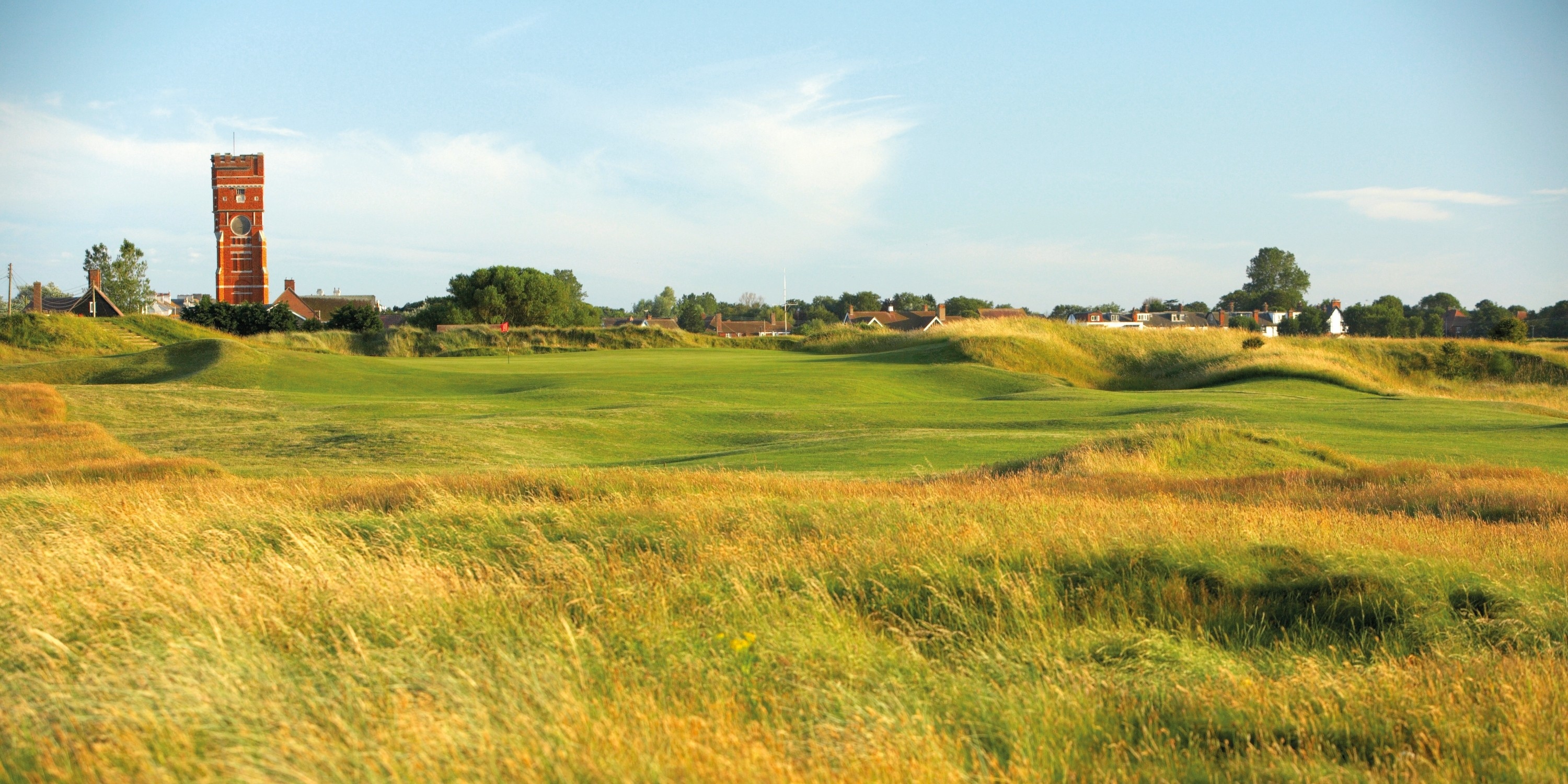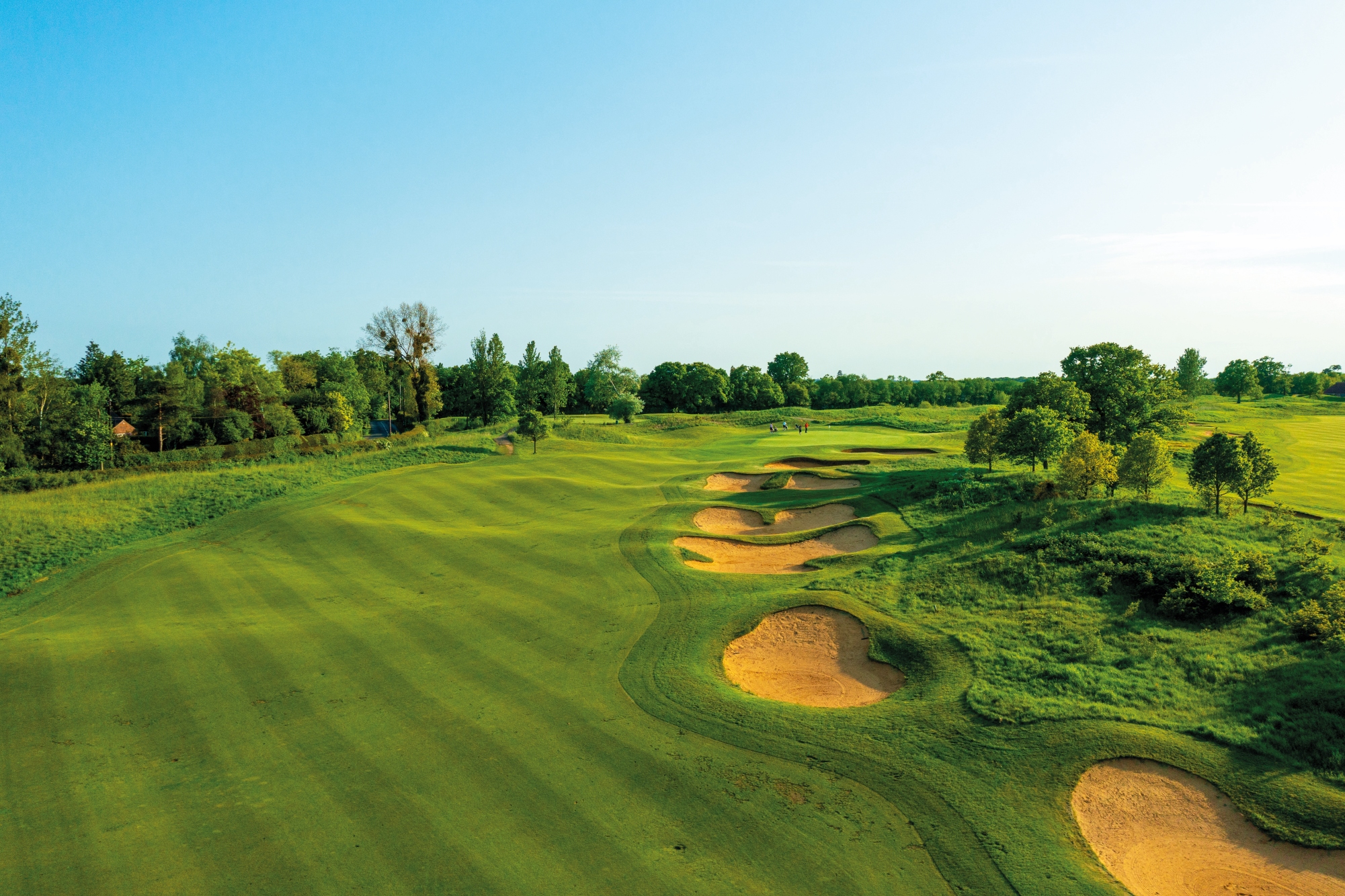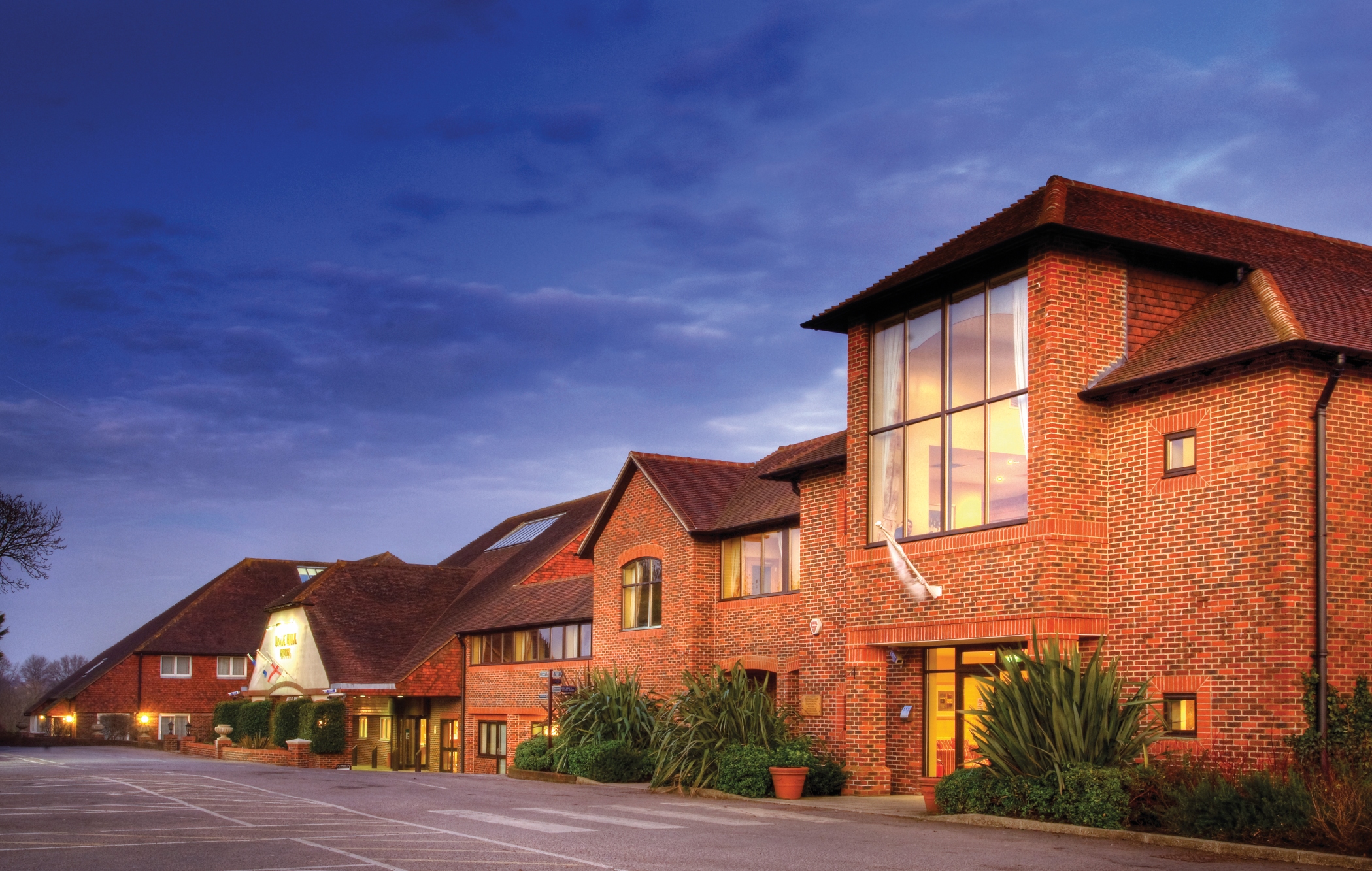
Rye
Rye | NCG Top 100s : GB & Ireland Golf Courses
Rankings
1st
17th
33rd
43rd
Rye is home to the President’s Putter, a scratch knockout for Cambridge and Oxford alumni, that is held every January and delights in such apparent perversity.
While visitors are now accepted, the form is to do so in writing and, preferably, well in advance. This is a significant advancement; for many years, the only way to play here was at the invitation of a member. Play on the Old Course is strictly twoballs only, so you have a straight choice of foursomes or singles. Pace of play is a subject close to the club’s heart and you should certainly not expect to spend much longer than three hours on the links.
Advertisement

A Brief History of Rye Golf Club
Rye was the first course designed by Harry Colt, then a solicitor aged just 25. This was in 1895 and what a debut it was. Since then, refinements have been carried out by Tom Simpson and Sir Guy Campbell, largely to obviate the need to cross an increasingly busy road to play holes on the far side.
All this work was carried out before the Second World War, and since then the only notable changes to the Old Course have come in the form of new tees to add length.
Rye Golf Club Review | NCG Top 100s: GB&I Golf Courses
Advertisement

Even from the back tees, the course measures under 6,300 yards. Yet it is regarded by some as the hardest in England. How so? Well, the first thing to consider is a parsimonious par of 68. There is only a solitary par 5, and as this is also the 1st hole, for many it will come too early in the round to take advantage. Of the 12 par 4s, nine exceed 400 yards and only two are under 385.
In addition, Rye is rightly famous for its short holes, the second shots to which are described as the hardest on the course, meaning that you should miss the greens at your peril. They are often played to table-top greens and defended by an unusual but effective means, namely rows of short, vertical sleepers, which preclude the use of a putter and demand mastery of the wedge.
Two ridges of dunes form a backbone for the course, a little like at Hunstanton, and play is generally through valleys between them, from one high point to another and even, on two occasions, starting at one side of a ridge and finishing on the other.
The fairways are rumpled and so a flat stance is a luxury. By and large, the wind is across, which is always more difficult to cope with than a headwind. As James Finnegan puts it in his book All Courses Great and Small: “This triple harassment – length, topography, wind – produces a sternly exacting course.”
In the summer, Rye gets brown, fast and firm like almost nowhere else. Controlling the ball is an art form in such conditions, especially on holes like the incredibly awkward 4th, where the fairway takes the form of a hog’s back and anything slightly off target is callously propelled into rough hollows.
After a relatively quiet beginning, this is the hole where the fun really begins. A fine short hole follows before a rare intrusion of technology at the stroke-one 6th, where a traffic light system is employed to let those on the tee know the fairway is clear. A draw is required to follow the shape of the hole and only the best will find the green in two. Next comes what is arguably Rye’s finest par 3. Played slightly uphill to a raised green, find a bunker on either side and you will be unable to see much, if any, of the flag.
When the green gets hard and firm, it is all too easy to chip from one side and off the other. The front nine ends with a driveable short 4, but the angles are awkward and the target narrow, so many will exercise caution and aim to pitch on instead.
If the 10th and 11th have more of an inland feel, the latter played across a flooded gravel pit, things get back to normal quickly at the stern 12th, another long 4, before you prepare to cross the spine of dunes again. The drive is straightforward enough, then you must take aim and fire into oblivion, though the green on the other side is mercifully generous and unprotected.
Missing the short 14th to the right will bring more sleepers into play and the rumpled green at the 16th complicates what would otherwise be a relatively simple approach. Some believe the 17th to be the poorest as well as the longest of the short holes but in its defence it is hard to imagine many good shots going unrewarded.
Finally, aim must be taken at the clubhouse on the 18th, which is always disconcerting, but it is well out of range and the lie of the land will sweep the ball away to the right of it. It is a long shot in but at least a helpful bounce forward can be anticipated towards and hopefully on to the home green.
Our Panellists Notes for 2025
Dan Murphy: There are some changes afoot at Rye, courtesy of Mackenzie & Ebert, but that is in the future. This rise is purely down to our panel’s overwhelming affection and admiration for a special links that is bursting with character
David Walker: Harry Colt certainly knew how to design par 3s and proved this at Rye with the 7th being the standout hole. The course has a wonderful flow where par or better is always a challenge but a bogey can be easily secured. Charming, playable and so easy to love
Read more about our panellists here.
Advertisement

FAQs about Rye Golf Club
Where is Rye Golf Club located?
Rye Golf Club is situated on the southeast coast of England, in the county of Sussex. There are views over the Channel and Camber Sands and to the High Weald Area of Outstanding Natural Beauty from the course. Hastings is 15 miles along the coast to the west, while London is 80 miles to the north.
London Gatwick Airport is the closest major international airport to Rye, just over 50 miles away from the golf club to the northwest. London Heathrow – the country’s biggest and busiest airport – is also within 85 miles of the Kent venue. Those coming from Continental Europe might also come across the Channel, either via train or ferry. Both Folkestone and Dover are within 50 miles of Rye. Rye Station is less than two miles from the golf club, with trains running regularly between Eastbourne and Ashford International.
Are there any other NCG Top 100s: England venues nearby?
Rye is one of several glorious venues in the southeast of England. Littlestone is 12 miles to the northeast along the coastal road, while Chart Hills is 20 miles inland. The Open Championship-hosting trio of Royal St George’s, Royal Cinque Ports and Prince’s are all around 50 miles to the northeast, also along the coast.
What golf facilities does Rye Golf Club offer?
Along with the stunning golf course, Rye also has a driving range on the opposite side of Camber Road. There is also a short game area and putting green to add to the practice facilities.
What are the green fees at Rye Golf Club?
The price of a green fee at Rye Golf Club changes throughout the year, depending on the season. It is also different depending on whether it is a weekday or weekend.
For more information on current green fees at Rye, visit their website here.
Course Reviews

0.0 | 0 reviews



